Herping Snake Road (and the surrounding area) October 5-11, 2024 - 18 snake species in 7 days.
A Midland Water Snake in a public fishing area off the side of a road in central Illinois. Several Midlands were seen here - these snakes are adaptable to areas frequently used by humans.
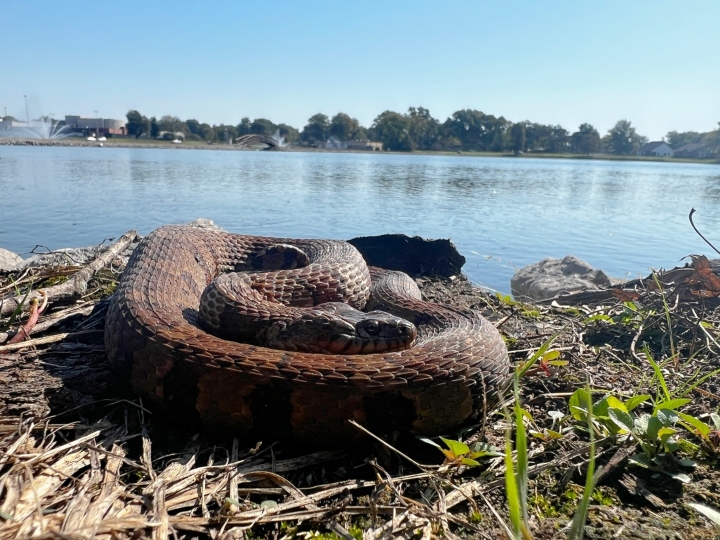
A Ringed Salamander near St. Louis. This amphibian is increasingly rare and perhaps endangered. This is likely a result of its restricted range and specific breeding habitat needs.
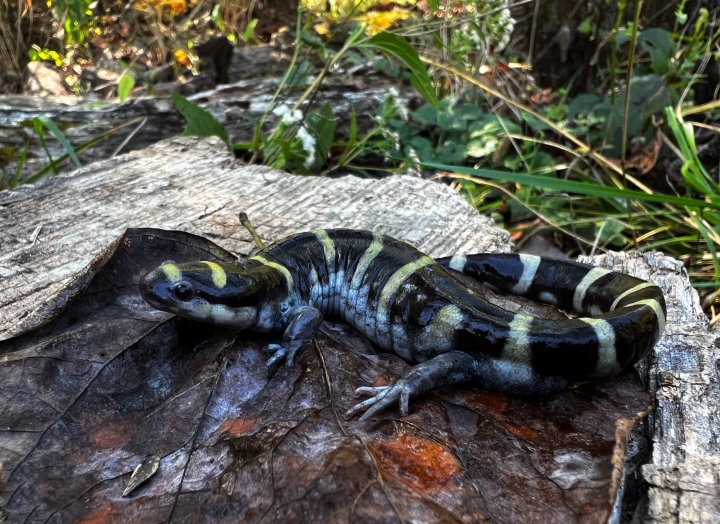
An "in situ" Midland Water Snake that was on the forest floor where I was looking for Ringed Salamanders.
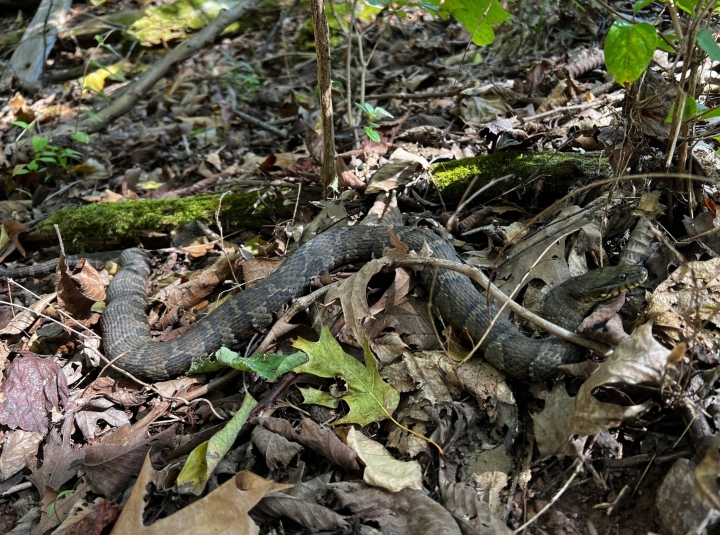
An Eastern Garter Snake that I helped across the street near St. Louis, Missouri.

I did a fair amount of herping in glades habitats in Missouri - this is one of the areas that I explored.
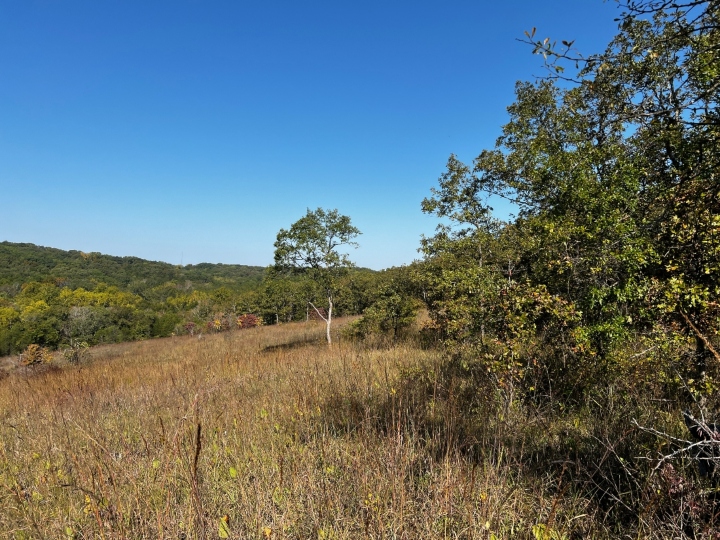
It was a good year for seeing small species of snakes, like this Prairie Ringneck.
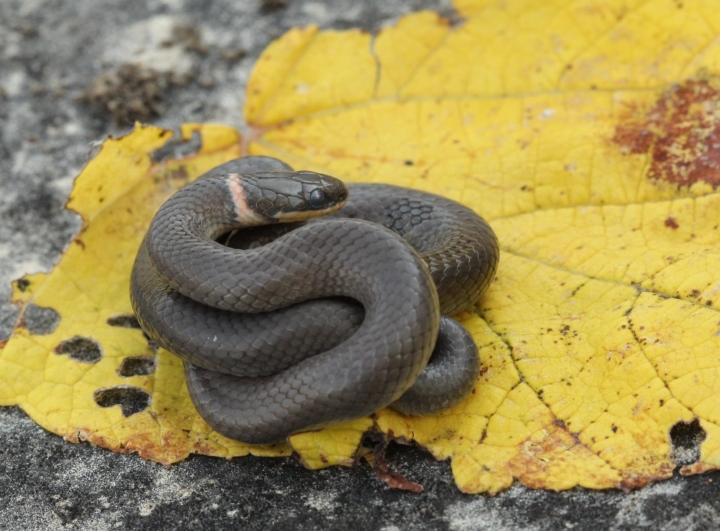
Eastern Yellow-Bellied Racers hunt frogs, lizards, snakes, small rodents, birds and insects. Despite the Latin name, Coluber constrictor, racers are not constrictors. They simply overpower their prey.
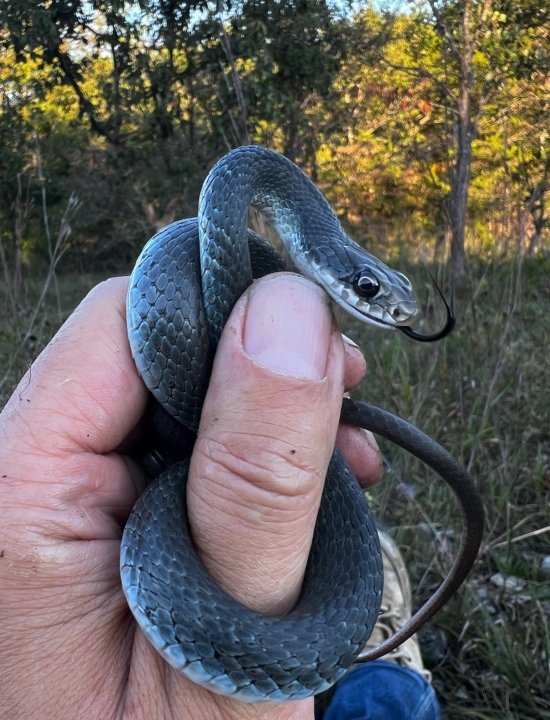
Prairie Lizards are extremely fast. When startled, they will often seek refuge in nearby vegetation or burrows. They also commonly escape capture by running up trees.

Rough Earth Snakes are entirely terrestrial and are most commonly found under objects on the ground surface. This is primarily a species of open hardwoods, pine woods, grassy areas, and suburban woodlots - areas with sunlit openings.
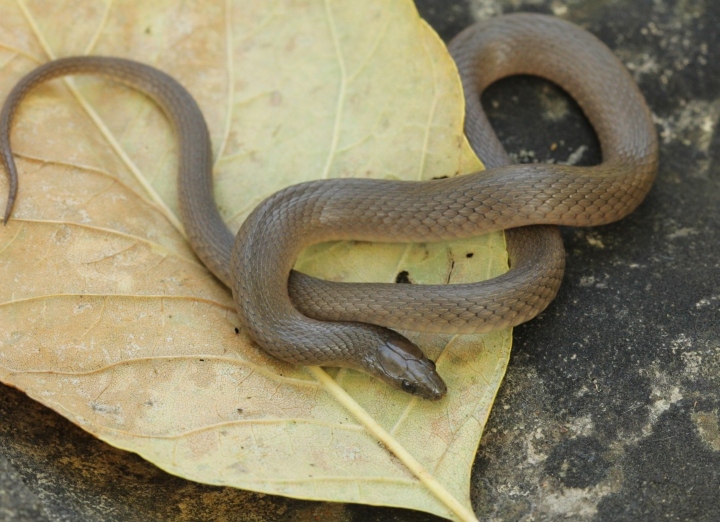
Slimy Salamanders have an interesting defense mechanism. When handled, they produce a thick, sticky substance from glands in their skin. The substance is not only extremely sticky, but is also very difficult to clean. This ploy prevents it from being eaten by snakes and other potential predators.
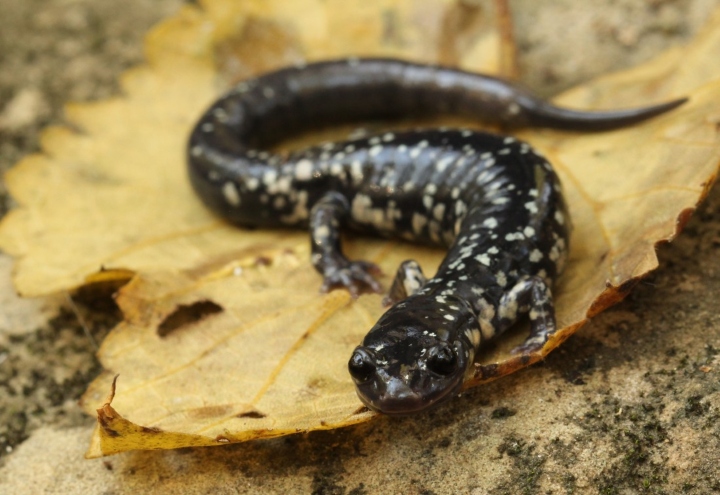
The Smooth Earth Snake is found in a variety of forested habitats with plenty of ground cover, but is most common in moist deciduous forests and edge habitats. Smooth Earth Snakes mainly live underground and are most often found hiding beneath rocks and logs.
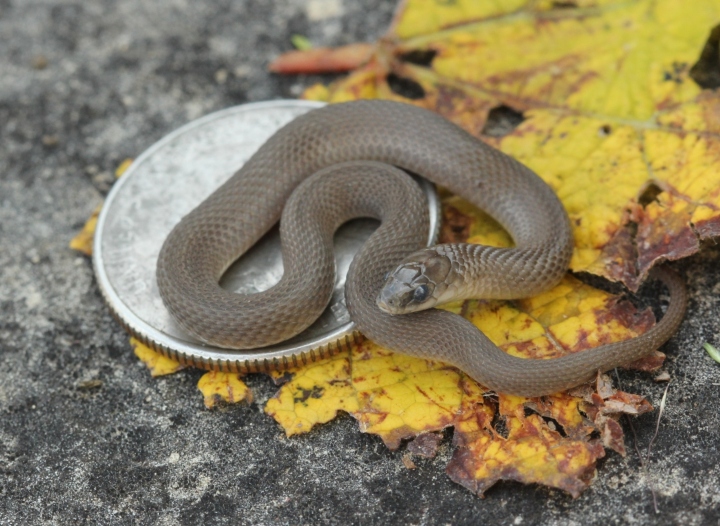
I looked for turtles at Mingo National Wildlife Refuge in southeastern Missouri.

The Southern Painted Turtle is a small, colorful aquatic turtle with an olive brown to almost black shell, featuring a prominent yellow, orange, or red lengthwise stripe down its center. The adult upper shell length is 4–5 inches, occasionally reaching 6 inches.
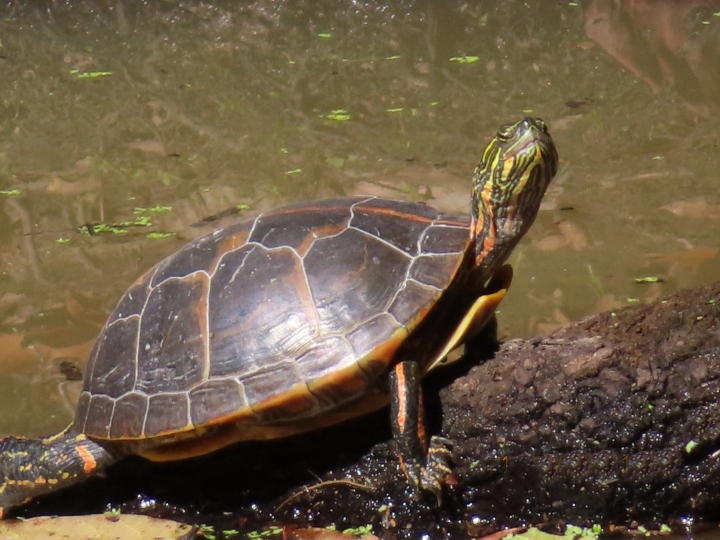
A Spiny Softshell Turtle with some spikes on the front of its shell. This is an odd turtle, not only does it have a relatively soft shell, it also looks like a pancake and has a snorkel-like nose.
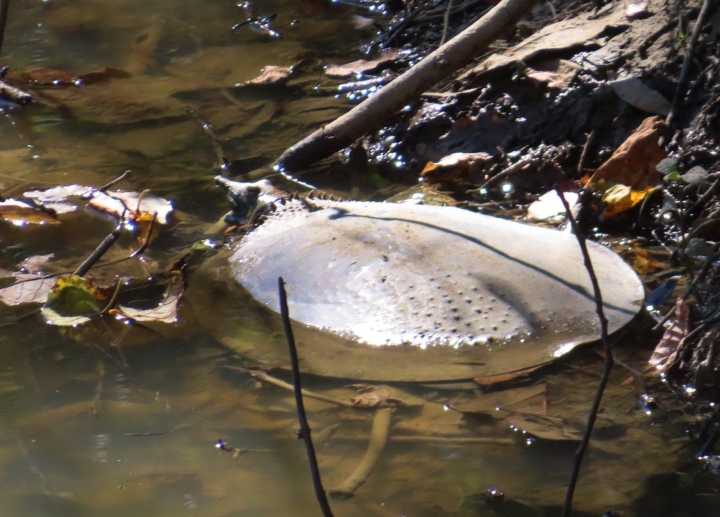
By far, the most commonly seen turtles were Red-ear Sliders. As its common name implies, the Red-eared Slider’s most distinguishing characteristic is the bright, red-orange patch behind each eye. The “slider” part of their name comes from their ability to slide off rocks and logs and into the water quickly.
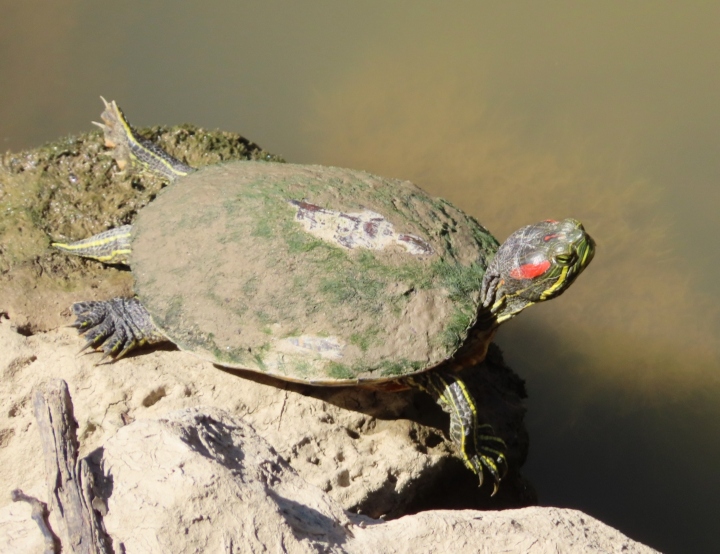
A DeKay's Brown Snake that was on the road. These small snakes mainly eat worms and slugs.
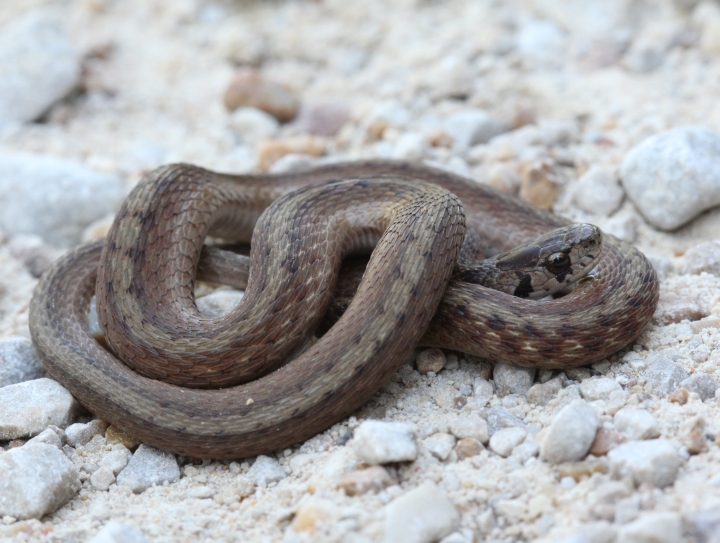
Click here to see Part 2
|